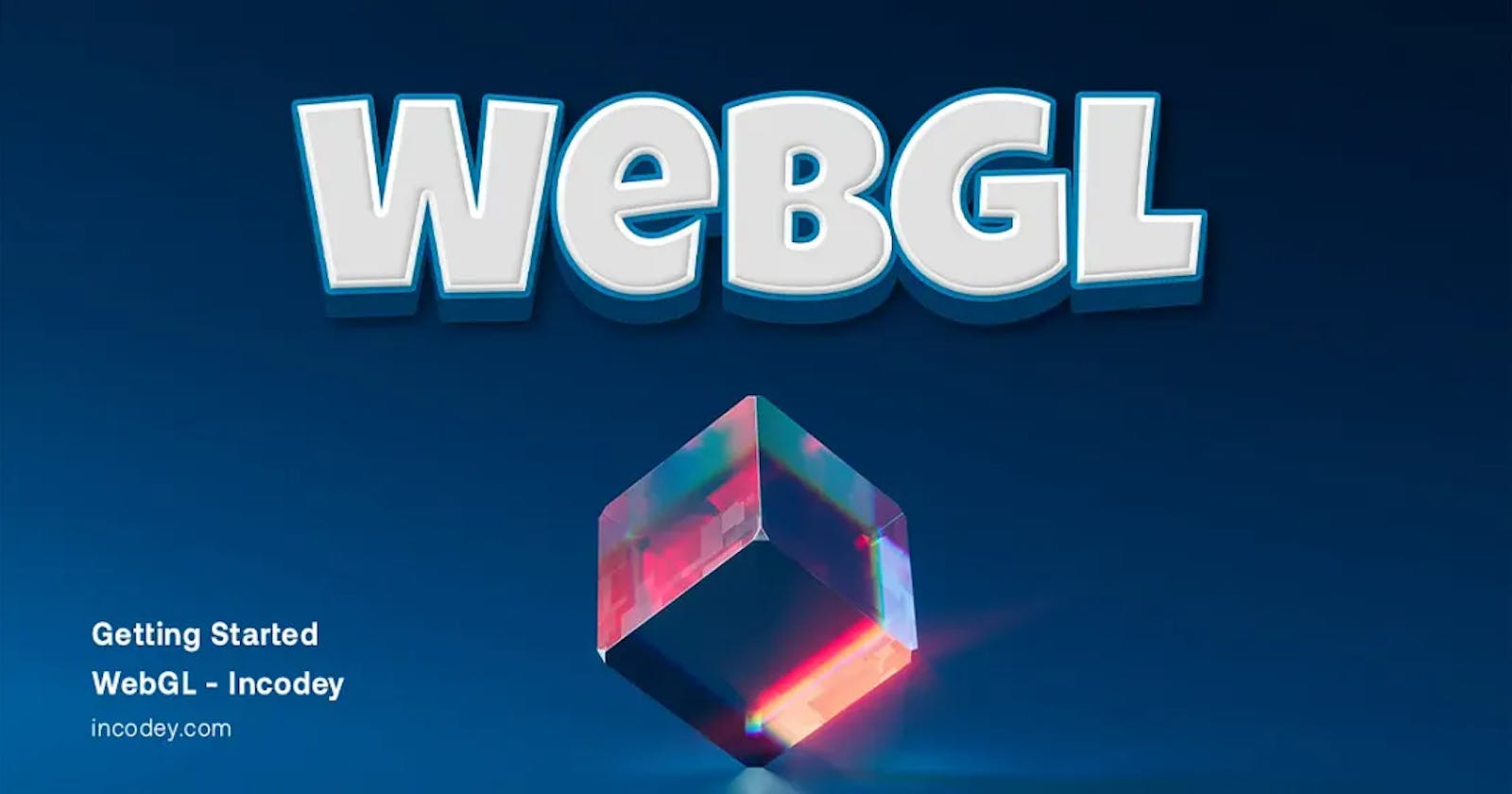WebGL stands for Web Graphics Library and is a set of software and code derived from the JavaScript programming language to create 3D interactive graphics within a web browser. The WebGL technology allows for the creation of both 3D and 2D graphics on web pages using JavaScript through the <canvas> element. However, unlike most 3D applications, WebGL does not create elements on the page; instead, it directly manipulates pixels. Therefore, WebGL is considered a low-level technology, providing precise control over three-dimensional space.
In contrast to many 3D applications, WebGL does not include “scenes,” “objects,” or “models,” making it a very powerful but challenging technology for developers to learn. While it is technically possible to write WebGL code directly through JavaScript, most developers use frameworks. The most popular frameworks for WebGL are threeJS and Babylon.js, though there are numerous other options.
The Need for a Framework
Creating three-dimensional graphics is a highly complex task, and attempting to gain practical experience with WebGL, in addition to learning other web technologies, can be challenging for many developers. Learning the basics of WebGL often means investing a significant amount of time in learning without the ability to create any graphics, even simple ones. For this reason, frameworks like Three.js are used. You don’t need to be familiar with the principles of 3D graphics, but you should have a good understanding of HTML, CSS, and JavaScript techniques.
Usage
Before utilizing any advanced technology or new features, it is essential to consider browser support through the “Can I Use” website.

